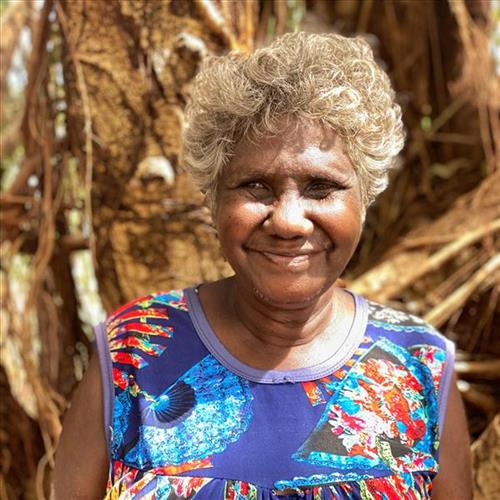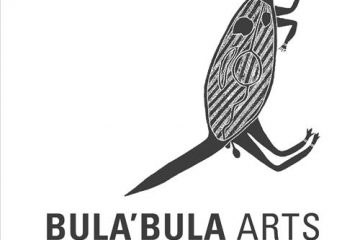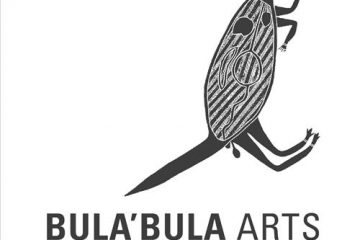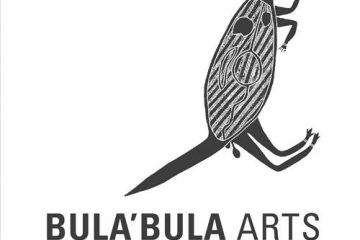115682303549
Koskela Lampshade
This beautiful lampshade is made with traditional Bush string made from the fibres between the bark and the trunk of the kurrajong tree. Once harvested from the jungle the fibres are dyed with roots, barks, leaves or fruits making the natural dyes. They are then rolled into this strong symmetrical handmade string and woven and knotted using techniques which originally bound together traditional Yolngu objects such as string bags and fishing nets and traps and used to make handles for carrying woven bags or used in ceremonial objects.
The weavers of Ramingining in Northeast Arnhem Land usually create traditional ceremonial and ritual objects working together as a group to harvest materials and develop work yet each with their own contemporary colourful and unique designs. This is one of the first times they have embraced making objects which are not traditional Yolngu objects and the strength of their identity as late career Yolngu Artists is distilled in these lampshades.
Exquisite craftsmanship manually transferred from Grandmothers, Mothers and Aunties is used to create these stunning lampshades which look amazing with lighting projecting the rhythms and patterns or without lighting to appreciate the colour, the intricacies and detail of the design.



